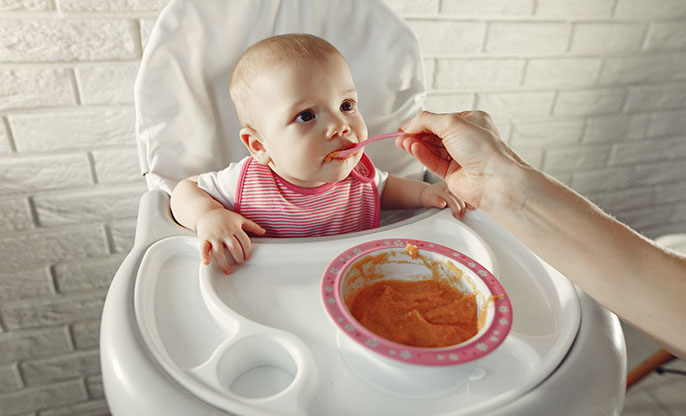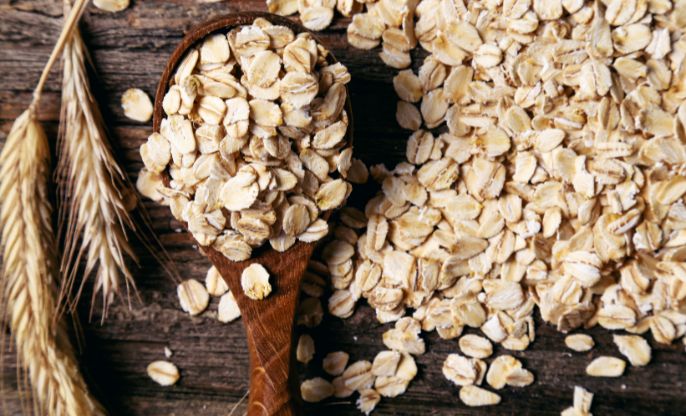
3 REASONS FOR A POOR LATCH
Latch refers to how the baby fastens onto the breast while breastfeeding. A good latch promotes high milk flow and minimizes nipple discomfort for the mother, whereas poor latch results in poor milk transfer to the baby and can quickly lead to sore and cracked nipples.
3 reasons for a poor latch:
Outcome of a poor latch:
A shallow latch causes the sensitive nipple skin to press against the bones in the top of the baby's mouth. This can cause pain and lead to cracked nipples. A poor latch results in a poor flow of milk to the baby, even if the mother is capable of producing plenty of milk. If not corrected quickly, inadequate milk transfer can lead to dehydration and failure to thrive in the baby, and blocked milk ducts and mastitis in the mother.
Takeaway
Issues with latching on can interfere with breastfeeding, decrease breastfeeding confidence, and lead to early weaning. With the right help, most latching problems can be corrected.
Remember: breastfeeding is not always straightforward or easy, especially in the beginning. It's often a learning process for parents and babies. If you have patience, support, and guidance, it is possible to turn latching problems into breastfeeding success.














